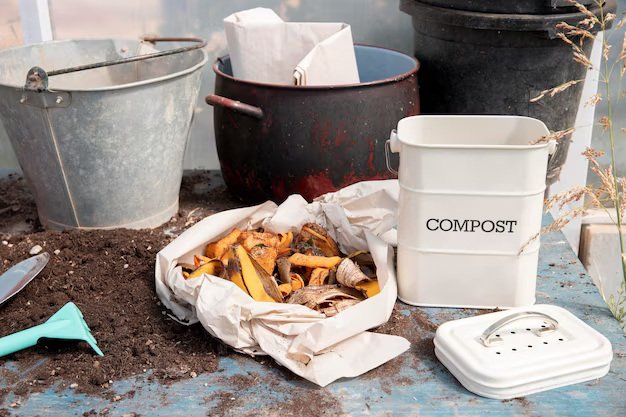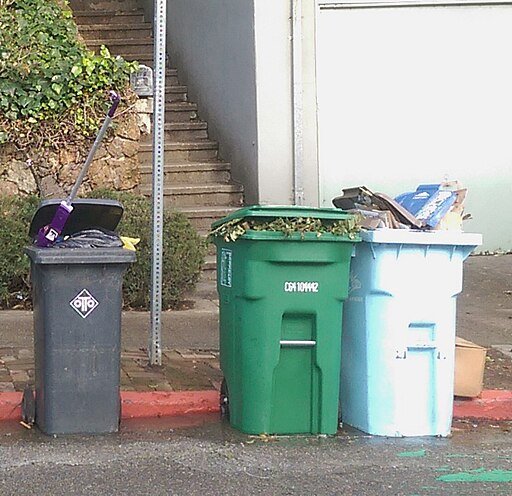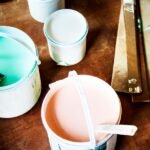Traditional Bedding Plants Being Phased Out for Eco‑Friendly Garden Species, RHS Says
In recent years, the Royal Horticultural Society (RHS) has forecasted a major shift in garden planting trends. According to RHS, classic bedding plants such as petunias, begonia hybrids, busy Lizzies and bedding geraniums are facing a decline in popularity by 2025. These plants typically require peat‑based composts—harmful to carbon retention—and offer little benefit to pollinators due to breeding that often results in sterile or double flowers. Many gardeners are now favouring more sustainable, long‑lived species such as salvias, heathers, dahlias, and edible perennials that are less resource‑intensive and far more beneficial to wildlife and soil health.
This change comes not just from aesthetics but from a growing awareness of environmental impact. Petunias and begonias may provide eye‑catching summer colour, but they demand heavy watering, frequent fertilisation, and pesticide use. In contrast, the new preferred plants thrive with minimal intervention and support bees, butterflies, and other beneficial insects. RHS chief horticultural advisor Guy Barter predicts that gardeners discovering the longevity and resilience of perennials will continue to accelerate this change over the coming years.

Why the Change Matters for Gardens and Planet
The shift away from traditional bedding plants reflects deeper ecological concerns. Traditional bedding is often grown in peat, a material whose extraction damages peatlands—vital carbon sinks that take millennia to form and store more carbon per hectare than tropical rainforests. Although the RHS pledged to eliminate peat use by the end of 2025, a delay has extended full peat‑free commitments at flagship events like the Chelsea Flower Show to 2027 or 2028 due to complex supply chains and a lack of legislation.
Meanwhile, the RHS and other organisations are conducting substantial research into peat‑free alternatives. Notably, the IUCN UK Peatland Programme’s 2023 “Demonstrating Success – Peat‑free Horticulture Addendum”, co‑commissioned by the RHS, showcases eight further case studies highlighting progress made towards peat‑free horticulture in the UK.
That review documents collaborative efforts involving growers, compost manufacturers, and academic researchers—supported by RHS funding—to replace around 1.7 million cubic metres of peat used annually in the UK horticulture sector. It also involved specialist staff, postdoctoral and student researchers working to develop and validate sustainable media suitable for demanding plant groups such as ericaceous species.
Real‑World Examples and Expert Insights
Across the UK, gardeners and community groups are already adopting the new approach. At Great Dixter, assistant head gardener Coralie Thomas demonstrates colourful container plantings using perennials like Erigeron karvinskianus, Mexican fleabane, salvias and dahlias. These not only look stunning but also self‑seed and attract insects all summer long—a marked improvement over sterile annuals.
Emma O’Neill, head gardener at Garden Organic, warns that traditional bedding plants, having been raised under ideal nursery conditions, often struggle to adapt outdoors, resulting in heavy pesticide demands and poor resilience. In contrast, hardy perennials such as geranium ‘Rozanne’, salvias, and heathers require little care, are drought‑tolerant, and bring real pollinator value.
Nurseries such as Dalefoot Composts offer high‑quality peat‑free compost and have long demonstrated success distributing it to gardeners. Their peatland restoration efforts have prevented the release of millions of tonnes of carbon since 2010, showing real ecological benefit from peat‑free horticulture.
What Gardeners Can Do
The trends and research clearly signal what gardeners can practically do today. First, shift your garden away from short‑lived annual bedding to resilient perennials that flower year after year. Choose options like salvias, dahlias, heathers, hardy geraniums, Mexican fleabane, and edible shrubs such as honeyberry—species that require less water, little feeding, and support pollinators all season.
Second, insist on peat‑free compost. RHS‑backed nurseries and retailers now stock suitable growing media—look out for certified peat‑free labels. Composting kitchen and garden waste at home is another way to reduce dependency on peat while enriching your soil naturally.
Third, design for sustainability as well as beauty. Plant in ways that capture rainfall, such as rain‑gardens, permeable paving, or community “sponge” gardens that help prevent flooding, as encouraged by RHS urban greening projects.
Last, diversify flowering times and plant types. Mix early‑flowering perennials with later bloomers to provide pollen and nectar over the whole season—this supports pollinator populations and aligns with the RHS’s “Perfect for Pollinators” guidance.
Case Studies & Statistics Table (Interactive Element)
| Garden or Organisation | Practice Adopted | Environmental Benefit |
|---|---|---|
| Great Dixter (East Sussex) | Replacing annual bedding with perennials | Self‑seeding, pollinator‑friendly displays all summer |
| Garden Organic (UK charity) | Promoting salvias, geraniums, heathers | Low maintenance, high ecosystem support |
| Dalefoot Composts & partners | Producing peat‑free growing media | Prevented over 3.8M tonnes CO₂ release via peatland restoration |
| RHS Urban Projects | Encouraging rain‑gardens, pocket parks | Reduced flooding, improved local biodiversity |
Conclusion
The RHS’s forecast that traditional bedding plants will fade out by 2025 reflects a clear ecological and cultural shift in how we view gardens. Moving toward perennial, wildlife‑friendly, peat‑free planting isn’t just a trend—it’s a responsibility. Real‑world gardeners, nurseries, and scientific projects show that beautiful, sustainable gardens are practical and effective.
By choosing long‑lasting, low‑impact species, adopting peat‑free media, and designing gardens to capture water and support wildlife, every gardener can make a meaningful difference. Your garden can be a refuge for beauty—and a tool for change.







